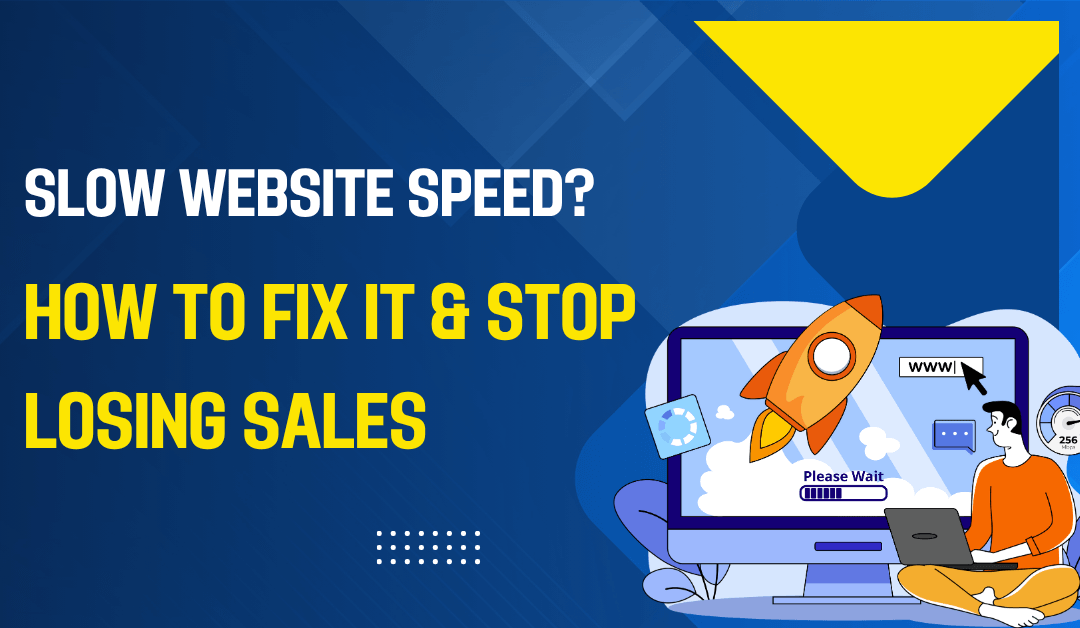From Data Chaos to Instant Clarity: How Data Fabric Powers Real-Time Analytics
The speed of your insights is a direct measure of your competitive advantage. Businesses are flooded with data from website clicks, IoT sensors, sales systems, and application logs. The challenge isn’t collecting this data; it’s understanding it as it happens.
Batch processing, where data is collected and analyzed hours or even days later, is no longer enough. You need insights now. But this is the point where most companies struggle: their data is locked in disconnected silos. This is the exact problem that the powerful combination of Data Fabric and Real-Time Analytics is designed to solve.
The Real-Time Problem: Why Are Instant Insights So Hard?
Real-time analytics is the practice of analyzing data the moment it’s created. Think of a streaming service recommending a new show based on what you just watched, or a bank flagging a fraudulent transaction seconds after it’s attempted.
The primary obstacle is data silos. Your customer data is in Salesforce (cloud), your web traffic is in Google Analytics (cloud), your inventory is in an on-premise SQL database (on-prem), and your sensor data is streaming from IoT devices. To get a complete, real-time picture, you would traditionally need to:
- Extract data from all these sources.
- Transform it into a consistent format.
- Load it into a central data warehouse.
This ETL (Extract, Transform, Load) process is slow, brittle, and expensive. By the time the data is ready for analysis, the “real-time” opportunity has vanished.
What is a Data Fabric? The ‘Universal Connector’ for Your Data
A data fabric is not a single tool or platform. It is an architectural design that creates a unified, intelligent, and secure data management layer across all of an organization’s disparate data sources.
Think of it as a universal translator and smart power grid for your data. Instead of physically moving all your data to one location (a slow process), the data fabric:
- Connects: It intelligently connects to all your data sources, wherever they live (on-prem, hybrid, or multi-cloud).
- Understands: It uses active metadata and AI to learn what the data is, where it came from, and how it relates to other data.
- Governs: It applies a single set of security, governance, and access rules across all data.
- Delivers: It provides a single, virtualized access point for any user or application (like a BI tool) to query the data in real-time.
This approach virtualizes access, meaning you can analyze data “in place” without the crippling delays of traditional data movement.
The Core Synergy: How Data Fabric and Real-Time Analytics Work Together
A data fabric is the “how” that makes real-time analytics the “what.” It provides the foundational plumbing required to make instant insights a reality.
- Breaks Down Data Silos Instantly: The fabric’s primary job is to unify. A user in your analytics department can run a single query that pulls live data from your on-prem inventory database and your cloud-based sales CRM simultaneously, as if they were the same.
- Enables Real-Time Streaming Ingestion: Data fabric architectures are built to handle high-velocity streaming data. They provide built-in connectors for sources like Kafka, IoT hubs, and event streams, allowing data to be ingested and analyzed in milliseconds.
- Provides a Single Source of Truth: By virtualizing access, the data fabric ensures that everyone in the organization is looking at the same, up-to-the-second data. This eliminates discrepancies and builds trust in the insights.
- Democratizes Real-Time Data: Because the fabric handles the complex integration and governance, business users can finally self-serve. Using familiar tools like Power BI or Tableau, they can build real-time dashboards and reports without needing a data engineering team to build a new pipeline for them.
This unified approach is the key to unlocking the full potential of Data Fabric and Real-Time Analytics, moving from a reactive to a proactive business model.
A Modern Example: Microsoft Fabric
This trend from concept to reality is best seen in modern, all-in-one platforms. Microsoft Fabric, for example, is a direct implementation of this data fabric philosophy.
It combines everything from data storage (OneLake) to data integration (Data Factory) and real-time analytics (KQL Databases) into a single, unified SaaS product. This is where the relationship between Data Fabric and Real-Time Analytics becomes a tangible product you can use. A user can ingest streaming data from an eventstream, query it instantly with KQL, and visualize it on a live Power BI dashboard—all within one environment.
Conclusion: Stop Waiting for Your Data
The future of business intelligence is instant. The ability to react to customer behavior, supply chain disruptions, or security threats in seconds—not days—is what will separate leaders from laggards.
However, true real-time analytics is impossible when your data is a chaotic, siloed mess. A data fabric architecture tames this chaos by creating a single, intelligent, and accessible layer for all your enterprise data.
For any organization serious about making decisions at the speed of business, Data Fabric and Real-Time Analytics are no longer just buzzwords; they are the essential foundation for a data-driven future.

